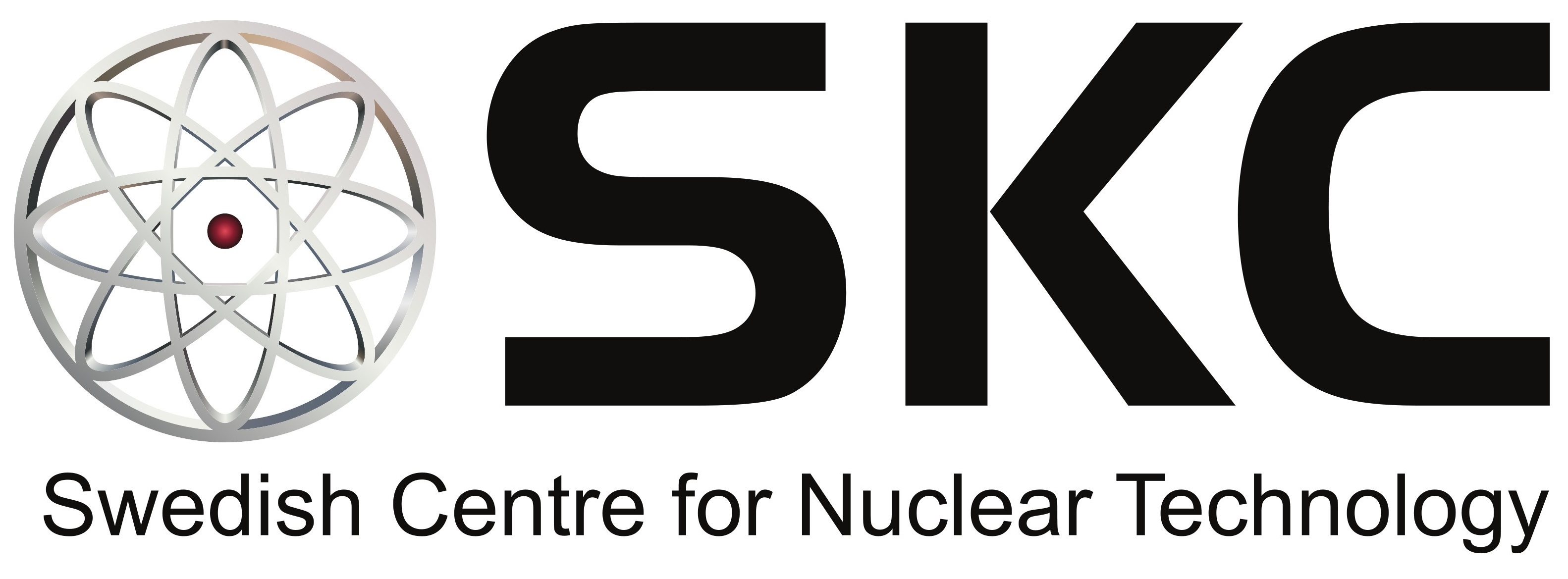SEMRA: Steam Explosion Modelling and Risk Analysis for light water reactors

Research host
KTH Royal Institute of Technology, Department of Physics, Unit of Nuclear Engineering
Research done by doctoral student
Ibrahim Batayneh
Main supervisor
Dmitry Grishchenko
Co-supervisor
Pavel Kudinov
Formal project start
2021-01-15
Expected time of completion
2025-01-15
Discipline
Thermal hydraulics, nuclear safety
Keywords
Steam explosion, numerical methods, uncertainty quantification, model validation, risk informed decision making, surrogate model
Motivation
Steam Explosions (SE) are an inherent risk in light-water reactors (LWRs), posed by the very use of water as a coolant during accidents. There is a need to better understand these risks in currently operating and future NPPs, but state-of-the-art on steam explosions remains fragmented, with large spread in the prediction of explosion loads across modelling approaches and code users. The SEMRA project develops what is intended to be the most comprehensive modelling approach for the analysis of ex-vessel steam explosions in LWRs, and couples it with a risk analysis methodology to support decision making in modifying severe accident management (SAM) strategies. The deterministic model we develop will be applicable for any type of LWR, and any scenarios of melt release. It will be accompanied by an artificial neural network (ANN)-based surrogate model to enable fast calculations for risk assessment and uncertainty analysis.
With SEMRA’s use of state-of-the-art numerical methods, comprehensive model validation, uncertainty quantification, and decision-oriented risk analysis, we will provide a flexible, generalized tool for analysing the risks of steam explosions and potentially resulting containment failure. The outcomes of this work will be relevant for the scientific community, industry, as well as regulatory/licensing bodies. The results can be directly incorporated into the current probabilistic safety analysis (PSA) used by the nuclear industry and bring the issue of steam explosion to a final resolution.
Key findings thus far
The PhD project started in January 2021. Since then, to get familiar with the topic and to see what is lacking in old steam explosion codes, ‘TEXAS-V’ code was used to analysis of the effects of multiple jets release on the energetics of steam explosion loads in Nordic BWRs. A full model solutions database was built from which a fast surrogate model was developed to analyze the effects of multiple melt-jets and their potential implications on the risk of containment failure as shown in the figure. This study concluded the importance of multiple melt-jets release and the need to include it in SEMRA SE code.
The next phase of SEMRA project started with the analysis of several numerical schemes to select the best scheme for modeling the physical phenomena of steam explosion. The initial pressure calculation code is used to validate the triggering process in TEXAS-V.

Publications from this project
Batayneh, I., Grishchenko, D., & Kudinov, P. (2021). EFFECT OF MULTIPLE MELT-JETS RELEASE ON EX-VESSEL STEAM EXPLOSION FOR NORDIC BWR. 19th International Topical Meeting on Nuclear Reactor Thermal Hydraulics (NURETH-19) . Brussels, Belgium.
